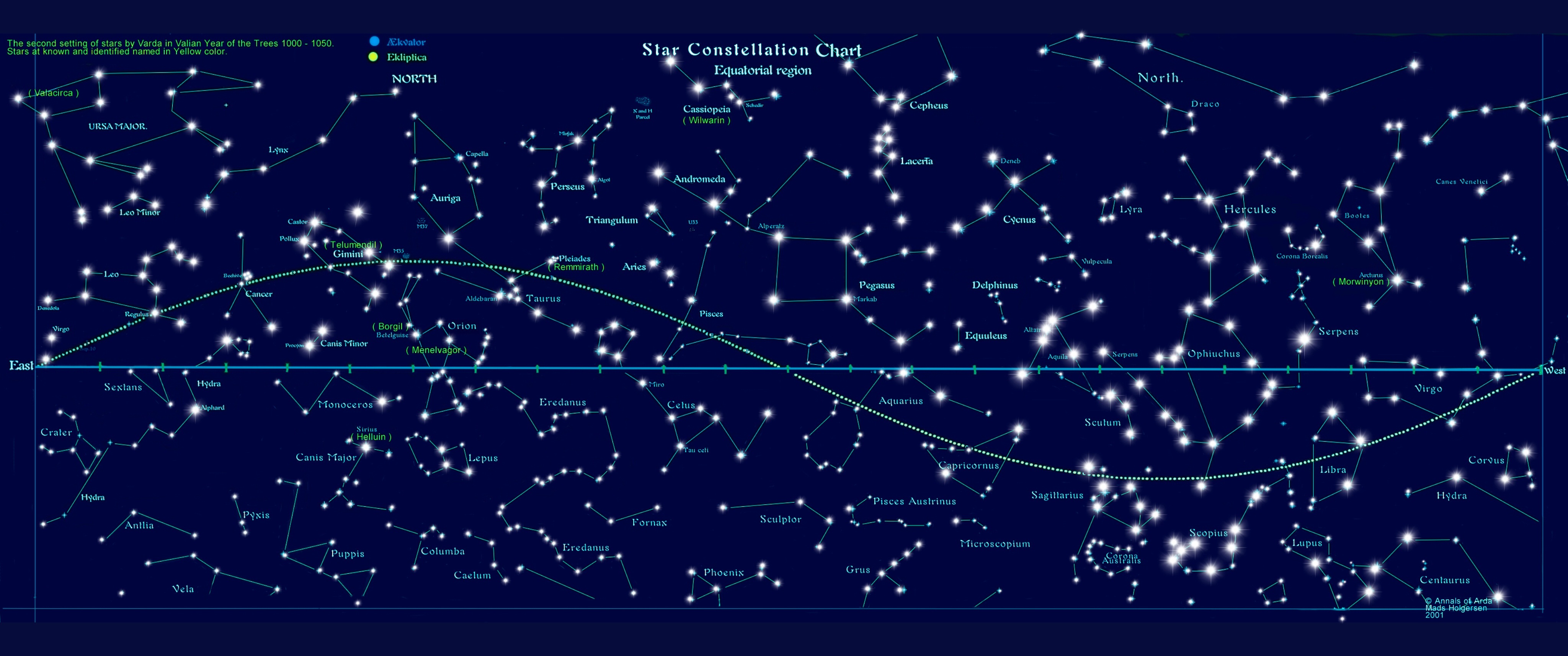Monthly Archives: March 2014
22. HOW MANY CONSTELLATIONS ARE THERE?
When you look up at the stars, does it sometimes seem to you that you can trace out squares, letters, and other familiar figures? In nearly all parts of the world, people of long ago Aid this, too. As they observed groups of stars, they gave them names.
It is not always easy to make out in the sky the figures that suggested the names. So don’t expect the constellations to actually have the outlines that the names suggest.
The Greek astronomers listed 48 constellations, and 40 more have been named since their time, so that we have constellations the sky.
Of course, not all of the constellations can be seen from any one place on earth. Some are in the skies of the Southern Hemisphere; some can be seen only south of the equator.
As the earth travels around the sun, new star groups appear above the horizon. The circumpolar constellations, which seem to wheel around the North Star, stay in sight act year. In addition, there are constellations that appear only in the winter, spring, summer, or autumn.
21.How Lightning is created?
How lightning forms has never been verified and so there is room for debate. Leading theories focus around separation of electric charge and generation of an electric field within a thunderstorm. Recent studies also indicate that ice, hail, and semi-frozen water drops known as graupel are essential to lightning development. Storms that fail to produce large quantities of ice usually fail to produce lightning.
Forecasting when and where lightning will strike is not yet possible and most likely never will be. But by educating yourself about lightning and learning some basic safety rules, you, your family, and your friends can avoid needless exposure to the dangers of one of the most capricious and unpredictable forces of nature.
20.HOW DOES THE SPECTRUM INFORM US ABOUT THE UNIVERSE?
We know that just by studying the spectrum an astronomer can tell you what a star billions of miles away is made of and the elements present, take the star’s temperature, figure out how fast it is moving, a on s towards lets of the into which white light IS broken up when it is bent, as when it goes through a prism. All across the spectrum, in addition to the shadings of color, there are hundreds of parallel lines. They are known as Fraunhofer lines, in honor of their discoverer.




